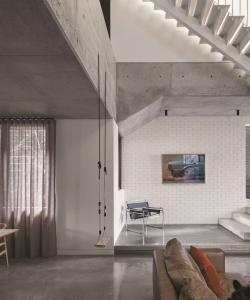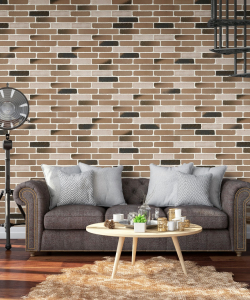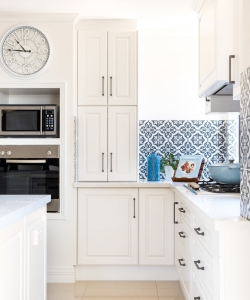When building a new home in Perth, Mandurah, Bunbury or the Greater Southwest Region of Western Australia, there are opportunities to assess the quality of workmanship and construction while the home is under construction.
You may be patiently waiting for the final handover inspection to assess quality, however, this is often too late to conduct thorough checks.
Construction and workmanship issues can become obscured by tiling, roofing, plastering and floor treatments.
The issues these finishings may be hiding can potentially not surface for years to come.
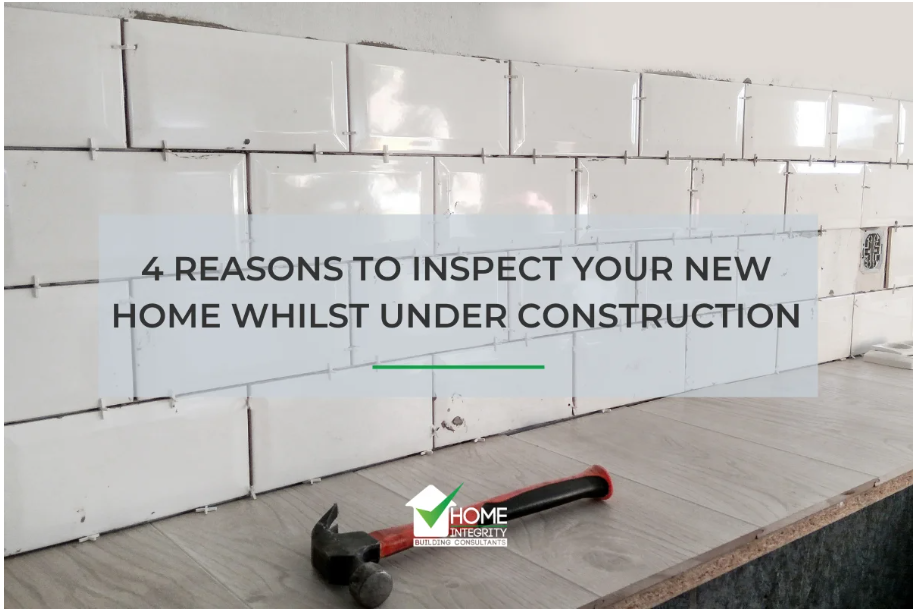
Finding issues years down the track is a stressful experience for homeowners. Some Builders can be difficult to negotiate with, despite a legal requirement that they rectify faulty and defective work for up to 6 years after Practical Completion (Builders Warranty*).
The problem is that not all issues are clear cut. Ambiguous issues may require hearing at the Department of Mines, Industry Regulation and Safety, Building and Energy division, which will assess the issue and make a ruling on who should fix it.
Even if there is a decision in the home owner’s favour, they may be disrupted while rectification works are completed, particularly if they need to move out of the home during this period.
The truth is that getting construction and workmanship right the first time is the more effective (and less stressful) path.
This blog identifies the reasons why homeowners should take action proactively, while their home is under construction.
Four Reasons To Inspect While Under Construction
1.) It’s harder to rectify issues once trades finish the job.
At Handover (or Practical Completion), trades have already left the site and moved on to new jobs, potentially for different Builders, so if you’re already nearing completion then it is highly recommended you book an inspection in.
However, Staged Building Inspections are preferable as they offer an opportunity to identify issues early while they can be more readily fixed by the Builder’s tradespeople.
2.) It’s easier to see issues.
It’s far easier to identify an issue you can see. Once things are plastered or carpeted over, you’re not going to pull that carpet up or dig into the wall structure to assess issues. You just have to hope that it was done right.
Staged Building Inspections occur at a time when issues are more easily seen, without disturbing the finishings.
3.) Your build stays on track.
It is more efficient to fix issues at the moment.
The example below shows the waste pipe for a freestanding bath was installed in the wrong position. This meant the bath would ultimately not fit the space.
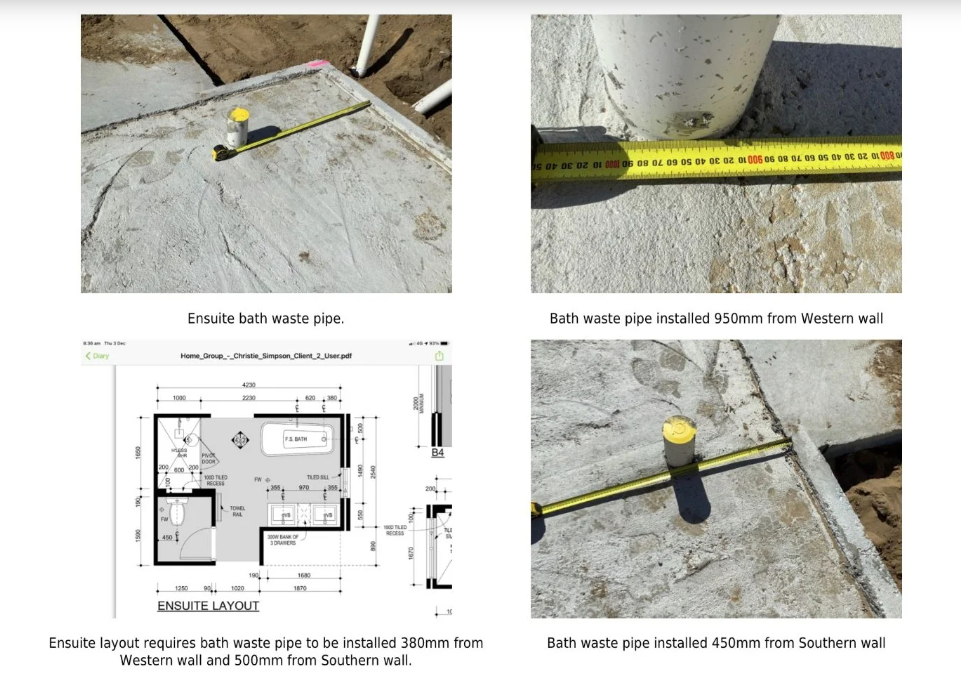
Rectification of this issue involved jackhammering a section of the concrete slab and relocating the pipe. This is obviously much quicker and easier to do prior to the tiling of the bathroom.
Identifying issues such as these early keeps your build on track and is helpful for your Builder to know about. Most Builders are grateful when issues such as these are picked up early as it is far less costly to rectify.
4.) Assessment of rectification work can take place.
If an issue is picked up at an earlier Staged Inspection, your Building Inspector can return at a subsequent inspection to assess the rectification work. This should put your mind at ease that the quality of the rectification work is sufficient.
*Section 6 of the Building Services (Complaint Resolution and Administration) Act 2011
About the Contributor/Author:
This post was provided by Home Integrity Building Consultants. To find out more, visit Home Integrity Building Consultants, call 6184 5624 or email admin@homeintegrity.com.au.
